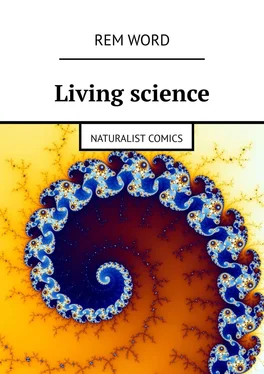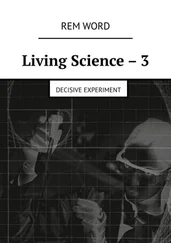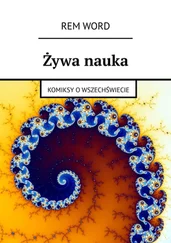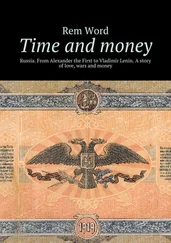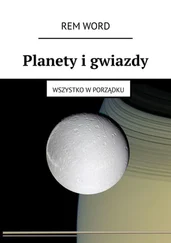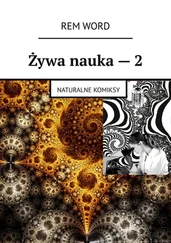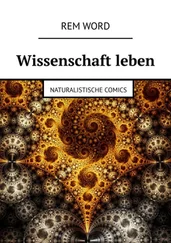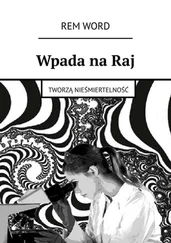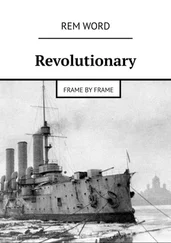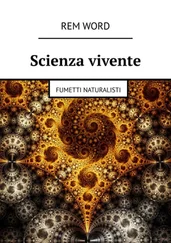Living science
Naturalist Comics
Rem Word
© Rem Word, 2021
ISBN 978-5-4496-6074-9
Created with Ridero smart publishing system
Light is faster than light
…From the science known to us, taught in schools and universities, a not known to us, now already similar to religion or magic, its peak spun off. It happened in the first half of the twentieth century. … First of all, some scientists introduce a crafty proposition that light particles do not have their own rest mass. These corpuscles themselves lose the status of actually material formations and are henceforth called “pure energy”. And, this is all despite the fact that energy is an abstract meaning, just the body’s ability to do a certain job. This state of affairs seeks to represent A. Einstein’s Special and General Theories of Relativity, formulated at the beginning of the twentieth century. It should be noted that there is a fairly good reason for the creation of the theories of SRT and GRT. This is a very curious behavior of light. First, its speed seems to be always the same. It is equal to the constant C – 300 thousand kilometers per second. Even when the source moves towards the observer. The principle of arithmetic addition of velocities does not apply here. Otherwise, the starry sky, for example, would appear to us as a set of glowing lines, not dots. The stars move pretty quickly and revolve around their axis. If their own speed were transmitted to particles of light, accelerated or slowed down photons, arriving at an observer on Earth sooner or later, would blur the image of the star into a wide line. Is this a reason for the SRT statement: “The speed of light is constant, does not depend on the movement of the source,” and all mental constructions emanating from this? Probably, photons with a speed different from C exist. A lot of them. This is the most common occurrence. However, the method of registering them should be different. The Mössbauer effect is known. Two crystals cooled to almost absolute zero, with practically stopped atoms, are not able to exchange gamma quanta (“hard light”), unless they begin to move relative to each other at a certain speed (several centimeters per second). The quanta fly through the crystal without finding an atom with a suitable absorption spectrum. We look at the drawing. As soon as the absorber of quanta (in this case, the source, anyway) begins to move, hard photons pass through it and are registered by the detector.
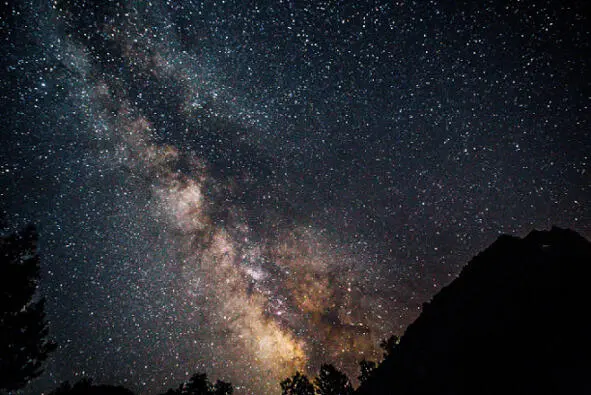
The starry sky is made up of dots, not luminous lines.
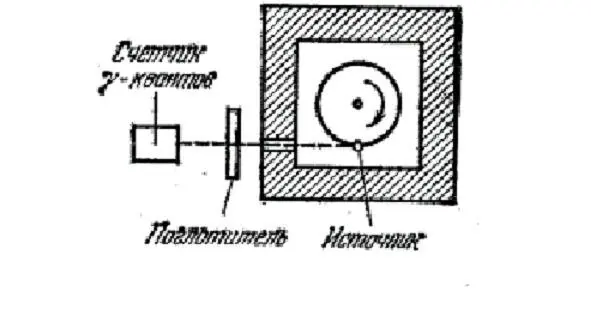
The gamma counter stops receiving radiation at a sufficiently high speed of the radioactive crystal
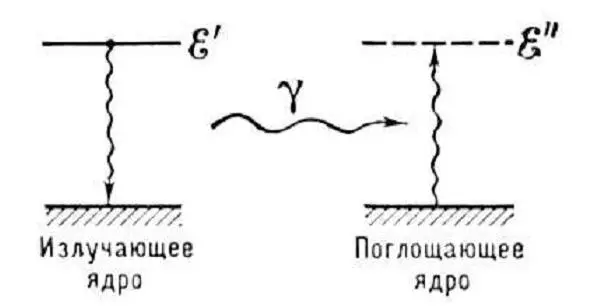
Schematic representation of the process. The condition for the reception of a gamma quantum by the nucleus is the equality of the levels of radiation – absorption of the elementary receiver and transmitter.

For a successful quantum transfer, the absorption and emission lines must intersect. This is possible only when two objects – the transmitter and the receiver – have a mutual velocity lower than the thermal velocities of their constituent microparticles.
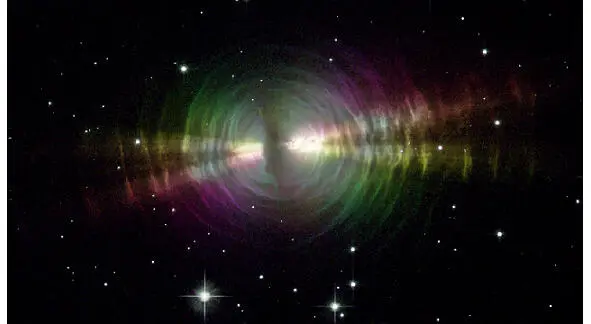
We look at the stars more attentively …
In other words, the emission lines must either completely coincide, or somehow intersect. If objects have a lot of elementary particles moving with their own thermal velocities in all directions, the possibility that they will “see” each other, even moving at a considerable speed, remains. And yet, the speed of mutual movement, until the complete disappearance of optical contact, is limited.
We return to the stars. Yes, we do not see these celestial bodies as luminous segments, or more precisely, optical similarities of comets, due to the fact that the speed of light is limited only by a limited intersection of emission-absorption lines in our eyes and in the matter of stars. Otherwise, for example, Barnard’s “flying” star, which moves across the sky the diameter of the moon in 170 years, would definitely look like a tailed star. But – we must look more closely. Perhaps artificially created ideas about the finiteness of the speed of light prevent astrophysicists and astronomers from noticing a certain blurring of stars (and especially double stars) in the course of their movement.
…One of the author’s long-standing experiments is the transillumination of a rotating semitransparent disk. The photographs show that closer to its edge, where the linear velocity is higher, the screen becomes more transparent (whereas with a stationary disc, the illumination is uniform). The higher the mutual speed of the light source and the obstacle, the lower the probability of absorption by the screen of “non-standard” quanta. Thus, the Mössbauer effect manifests itself not only in the sterile conditions of first-class laboratories, exclusively with frozen crystals and gamma-quanta, but also on the table of the amateur experimenter and everywhere in our lives. 1. Semi-transparent textolite disc, capable of rotating with a linear speed of the rim of 10 ms. 2. Projection of a spot of light transmitted through the disc. 3. A stream of light passing through the disk (for clarity, it is shown rotated by 90º). 4. A lamp that creates a stream of light 5. A tube with a lamp 6. A stationary platform with a tube 7. A stream of light passing through a certain oval area of the disk. 8. Photographic material – photographic paper, or photographic film (in this case, a pinhole camera is used to obtain a clear projection of the spot). 9. Directly, the translucent area of the disc. 10. An electric motor that rotates the disc. 11. The area of the spot that becomes lighter as the disc rotates. 12. The area of the spot (closer to the center, where the screen speed is slower), in comparison with the one farther from the axis, is darkened.
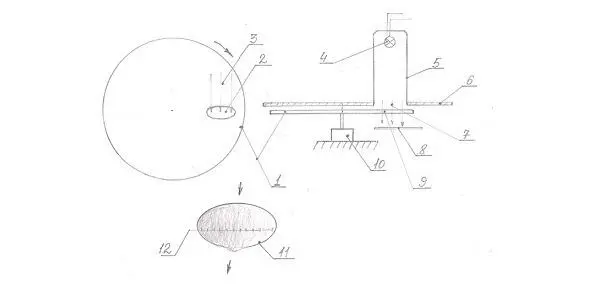
Experiment with Translucent Rotating Disc Translucent
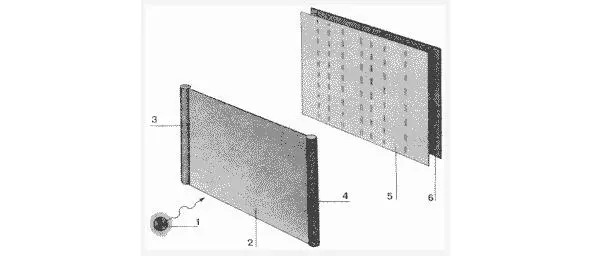
Experiment with the transmission of an unevenly heated translucent screen
…The movement of the screen can be replaced by heating it. Indeed, in this case, the atoms and molecules of the obstacle begin to move faster. This experiment is described in detail in the publication “TM” No. 5, 2000. – “Temperature and radiation”. 1. Light source. 2. Screen. 3 and 4. Heating and cooling devices that create a temperature gradient along the screen 2. 5. Semitransparent screen that regulates the intensity of the light flux (radiation). 6. Light sensitive material. A directed stream of light passes through the glass with a gradient from 200 C to room temperature. The photographic paper located behind the screen captures the appearance of dark stripes longitudinal to the gradient. The heated area becomes lighter (more transparent). Thus, once again confirms the idea that photons with a non-standard speed are trapped by matter with a lower probability.
Читать дальше
